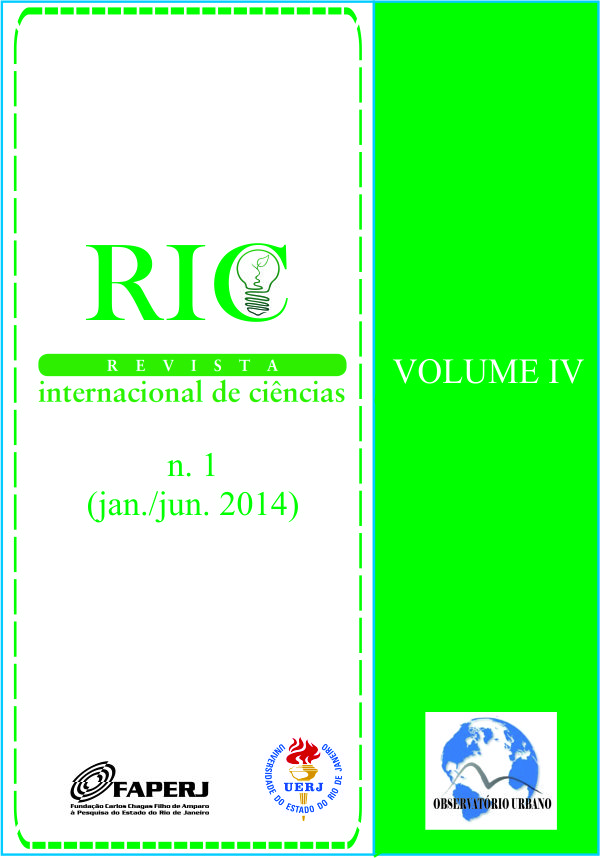STRUCTURAL ANALYSIS OF A TROPICAL FOREST ECOSYSTEM
DOI:
https://doi.org/10.12957/ric.2014.10505Abstract
The forest studied is highly heterogeneous. This heterogeneity grow as increase the size of the vegetation cover, because for the level I approach was found average value of 1:14, 1:10, 1:13 and 1:9 for the Jentsch Quocient index, respectively, for the total population, population without liana, population without palm tree and population without liana and palm tree, increasing these values in the level II to 1:3 and level III to I:2. The same value at the quocient index in the level II and III, for the four fraction of the population due the fact in this level the presence of liana and palm tree is insignificant in relation to the total number of individuals. However, in the level I, the removal increases the quociente index and so, the forest heterogeneity of this population.
DOI: http://dx.doi.org/10.12957/ric.2014.10505
Downloads
Published
How to Cite
Issue
Section
License
Os Direitos Autorais dos artigos publicados na revista Revista Internacional de Ciências pertencem ao(s) seu(s) respectivo(s) autor(es), com os direitos de primeira publicação cedidos à RIC.
Os artigos publicados são de acesso público, de uso gratuito, com atribuição de autoria obrigatória, para aplicações de finalidade educacional, de pesquisa de acordo com o modelo de licenciamento Creative Commons 4.0 adotado pela revista.
A Revista Internacional de Ciências utiliza uma Licença Creative Commons Atribuição 4.0 Internacional.



